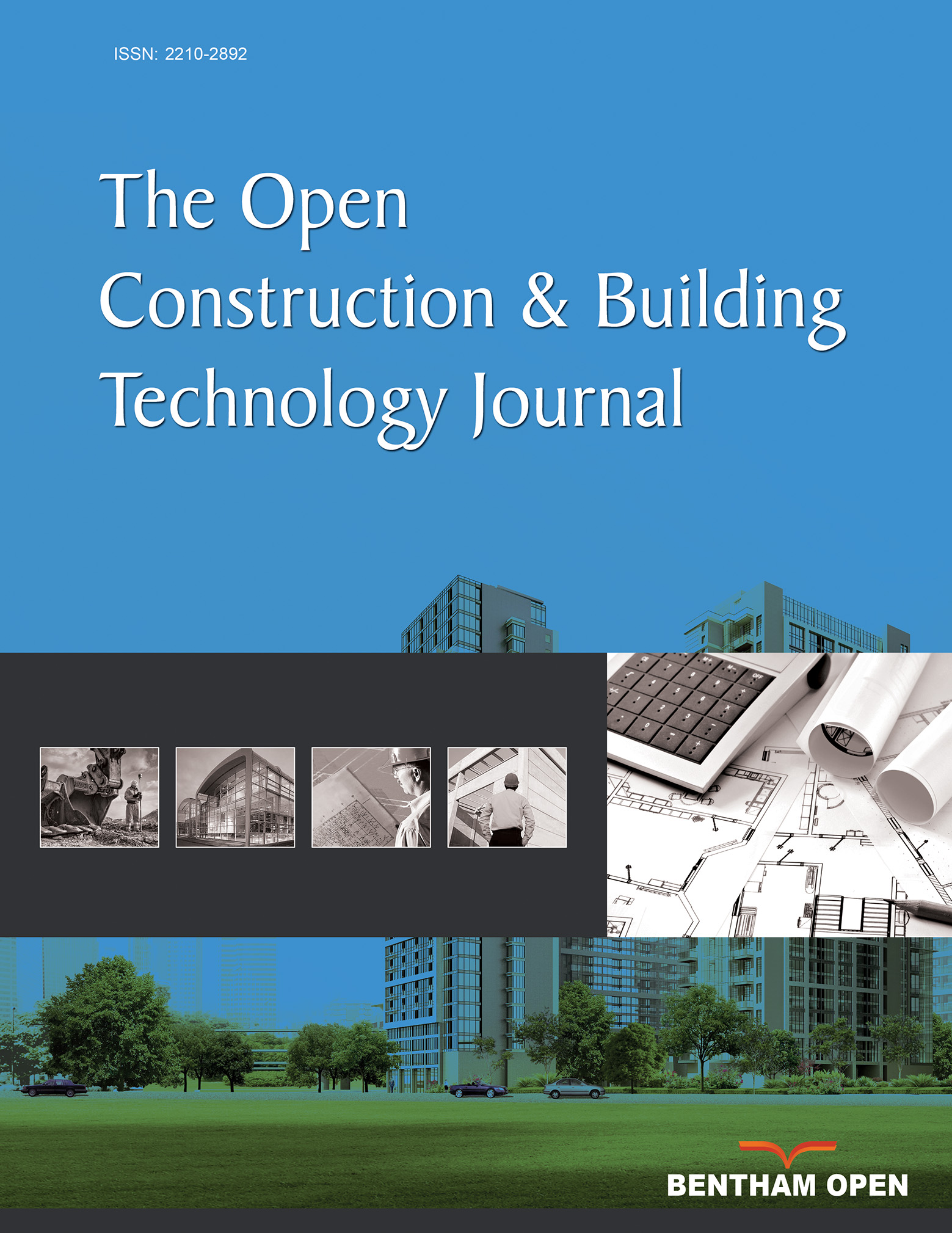All published articles of this journal are available on ScienceDirect.
Effects of Aggregate Grading and Admixture/Filler on Self-Consolidating Concrete
Abstract
Self-consolidating concrete (SCC) is becoming a popular choice in concrete industry due to ease of placement in congested reinforcements, reduced labor and equipment, nonsegregating character, and smooth surface. Due to its sensitivity to aggregate grading, proportions, admixtures, and filler contents and being a relatively new material, more information are required on the effects of aggregate grading, mineral admixture types, and fillers on fresh and strength properties.
In this paper a total of 10 SCC were investigated to compare the effects of aggregate size and distribution, mineral admixture, and filler on fresh properties through slump-flow, J-ring, L-box, column segregation, and compressive strength tests. Results show that combined aggregate distribution is critical for selecting proper SCC mixtures. Water/powder ratio and paste volume has more effects on SCC than water-cementitious material ratio. In general SCC properties can be greatly influenced by admixture types and dosage, and filler.


